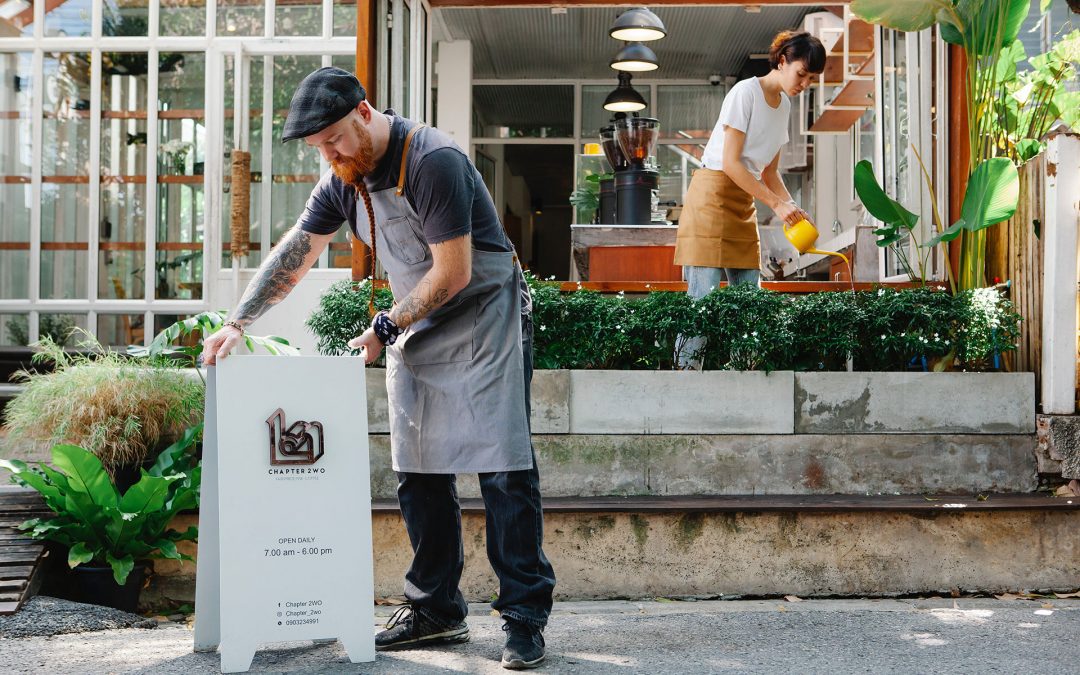For Amazon sellers that use a repricing tool, the most important and widely available feature offered is the indication of BuyBoxes wins. After all, that is the biggest concern for Amazon seller. However, while most repricers indicate the total number of BuyBoxes won, they don’t specify the type of BuxBoxes won. You might be thinking, “What? There are different BuyBoxes?”. Absolutely, there are vast differences and they greatly affect the chances of a sale, let me break it down for you!
Types of BuyBoxes

StreetPricer is an advanced AI-based repricing tool for Amazon sellers. It offers an innovative feature called ‘multi-fulfilment’ logic that prices products based on fulfilment type. Their multi-fulfilment price logic is perfect for working within the Amazon restock limits or for sellers with a conscious strategy to have the same ASIN in both FBA and FBM, new or used. Sellers can easily set up a prioritized list of SKUs to win the BuyBox. For instance, users could prioritize a SKU that uses FBA to win the BuyBox over others, subject to stock. When that SKU is out of stock, the rule will switch dynamically to the next SKU on the priority list. If the SKU has won the BuyBox, other SKUs for the same ASIN could be assigned different pricing.
Exclusive offer – Sellers that are featured as an exclusive offer will be the only ones that buyers would purchase when they click on the action button on the top-first box. The keyword here is “the only one”. Exclusive means that that seller that won this BuyBox will be the one and only recommended offer for that product. This means consumers will always see the same seller every time they click on the same product page.
Shared offer – Similar to the exclusive offer, sellers that are featured as a shared offer will be the ones that buyers would purchase when they click on the action button on the top-first box. Except, you won’t be the only one. Shared means that multiple sellers won this BuyBox. Different sellers that won the BuyBox will be displayed on a rotation, sharing the attention. Consumers could see different sellers on the same product page at different times.
Featured offer – The featured offer’s position on the Amazon product page is different. At the bottom of the top-first box (where the exclusive and shared offer is displayed), there is another box that is titled ‘Other Sellers on Amazon’. Featured offer is sellers that are not the best recommended but still considered good alternatives for consumers.

Why do Amazon sellers need to know about the differences?

At the top, exclusive offers are the best and most desirable BuyBox type. Every seller should aim to make themselves the exclusive offer because a shared offer means there is a high chance for competitors to steal your sales. However, a shared offer is better than a featured offer because although your listing is displayed on a rotation with other sellers, it is still the best-recommended option for consumers while displayed. Consumers will always consider the listed best seller as their best value. Only when there are elements of that seller that are against consumers’ expectations would they consider other alternatives (featured offers).
That said, if most of your BuyBox wins are featured offers, you are almost certainly losing sales to the exclusive offer and it’s worth reviewing your listing. Consumers almost always buy from the top-box first, so although you are being featured, you will not get as many sales. If one of your product listings is shown winning the BuyBox but still not delivering the expected revenue, chances are your product is a featured offer. In another case, you might have won many top-first BuyBoxes as the best-recommended offer, but only for temporarily.
If your BuyBox wins fall under either of these two categories, research on your competitors’ offers to improve your standing. It may be the delivery speed, price or other factors that can cause others to win the BuyBox for any given listing. Knowing which BuyBox type you’ve won gives a far more realistic overview of your products’ performance and helps guide your efforts to improve your business.


